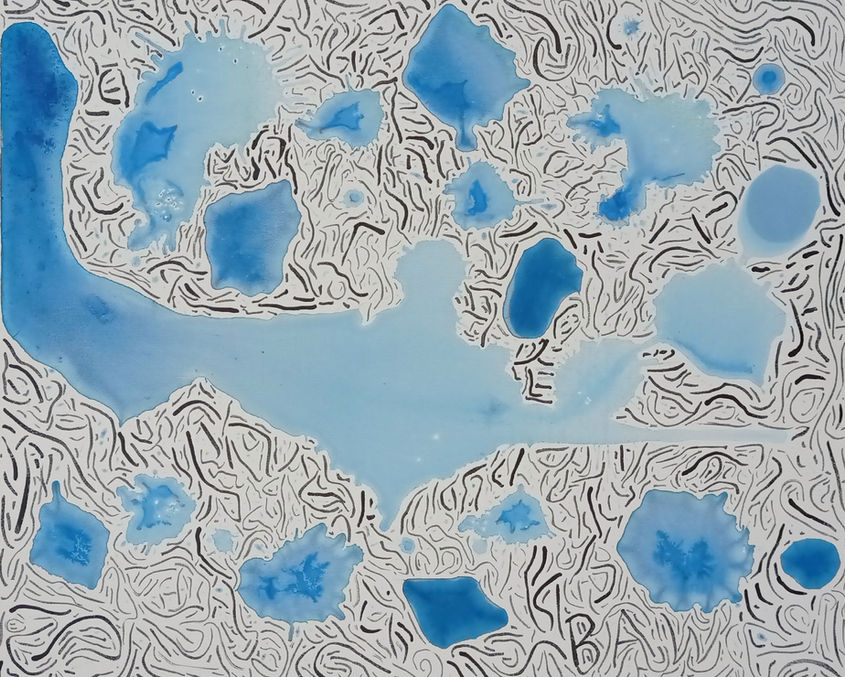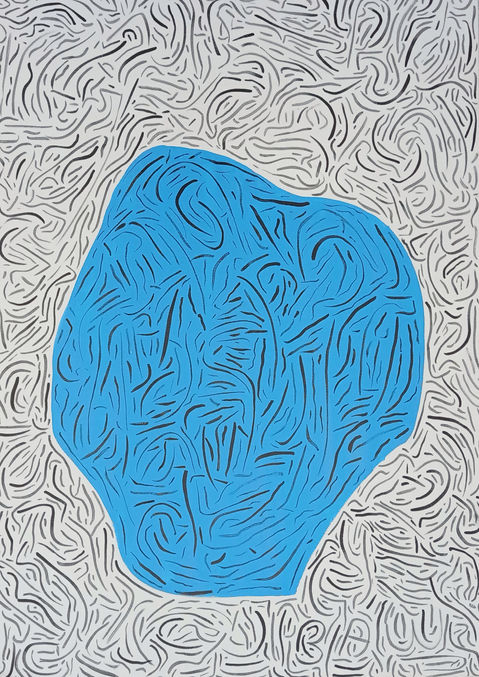top of page

Are cases
This is the artist's starting point for research in asemic writing.
What's in and what's out of our work? This provocation surfaced in Sylvia Werneck's mentorship, and makes us question the limits (arbitrarily established) of art, and, consequently, of life as a whole. It would be simple to say that the limit of life is the period between the first inspiration and the last expiration, and that the limit of my work is what I actually produced. But my existential concerns took me further, to the transcendence of these barriers, and to contact with life beyond life, and with art beyond art. What is not known should not be disregarded. What has not been realized exists in potential. My great master told me that "By transcendent function is not to be understood something mysterious and so to speak supersensible or metaphysical, but a function which, by its nature, can be compared with a mathematical function of the same denomination, and is a function of real and imaginary numbers. The psychological and transcendent function results from the union of conscious and unconscious contents” (JUNG, OC 8, §131). This is certainly the vision of those who seek, from the permeability of the dividing wall between what is known and what cannot be known - if not for the unfolding of their influences -, a posture to be adopted in the face of the disturbances of existence. The same attitude, however, must be adopted towards art, after all, as the old alchemist exclaims, “Ars totum requirit hominem!” (Art requires the entire homo!)
bottom of page







